
The term ‘light and shade’ might be well-used, but it does describe some very important qualities in music. For example, the ‘tension and release’ of Dsus4 to D major, or even a V-I progression such as C7 to F.
Taking this concept a bit further, film score and classical composers often use dissonance, tension and release to build and resolve suspense. Gustav Mahler’s Symphony No 5 is a masterclass in this.
However, the examples here focus on using dissonance within a single chord and how sometimes the rest of the chord can balance it out, forming a kind of resolution in itself.
For example, a major 7th interval (the root and 7th of a major scale played simultaneously) can sound pretty jarring in isolation, but as part of a major 7th chord this dissonance becomes an attractive feature.
Perhaps even more challenging is the minor 2nd (two notes a semitone apart), but if we arrange this within a minor 9th chord, this is a different story.
Example 1. Asus2(addb5)
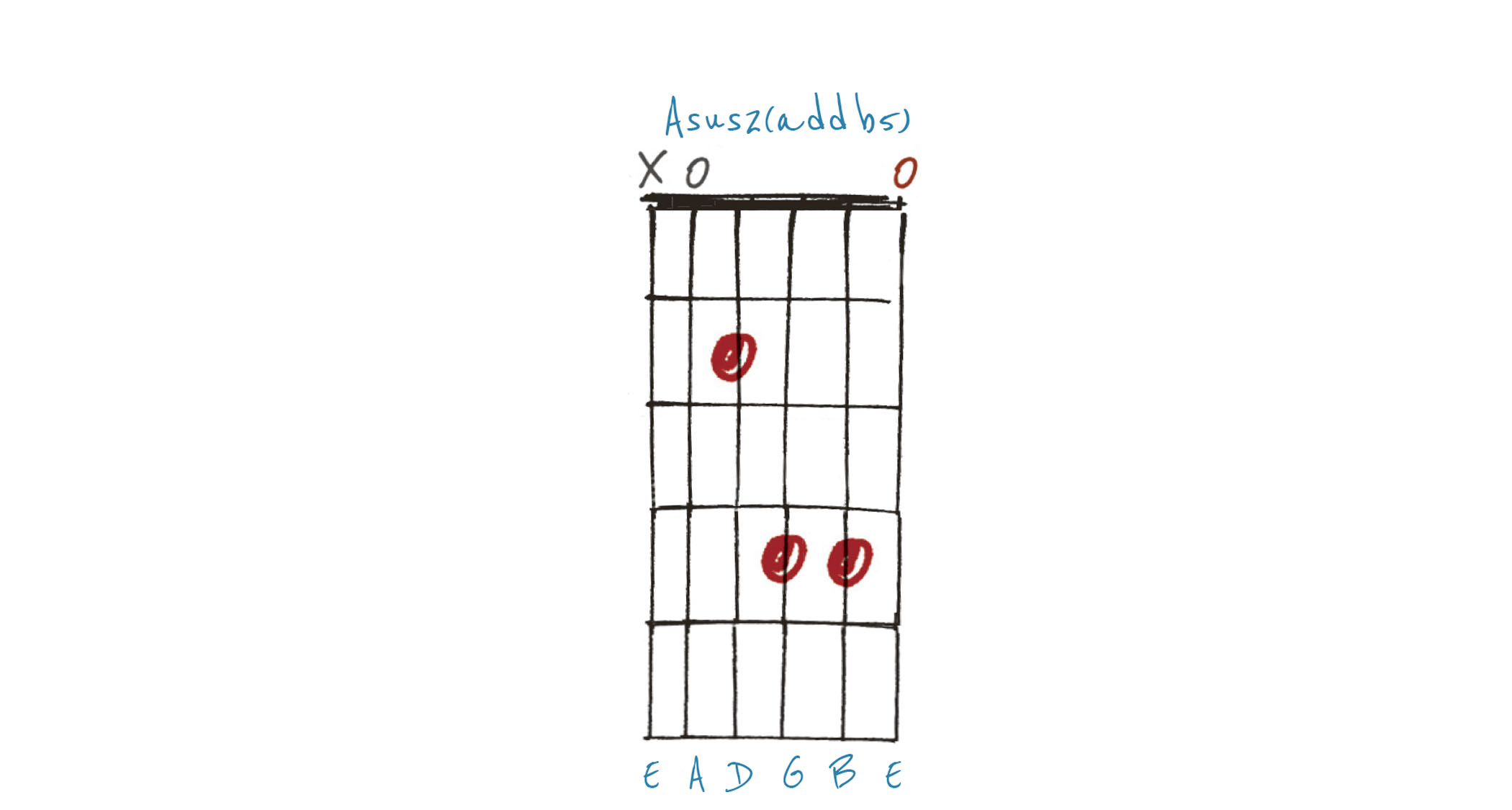
This Asus2(addb5) piles on the suspense in two ways: the suspended 2nd (B) played on the third string, then the b5 (Eb) played on the second.
Note the minor 2nd between Eb and E on the first and second strings. This resolves nicely to a regular A chord at the 2nd fret.
Example 2. G#m9
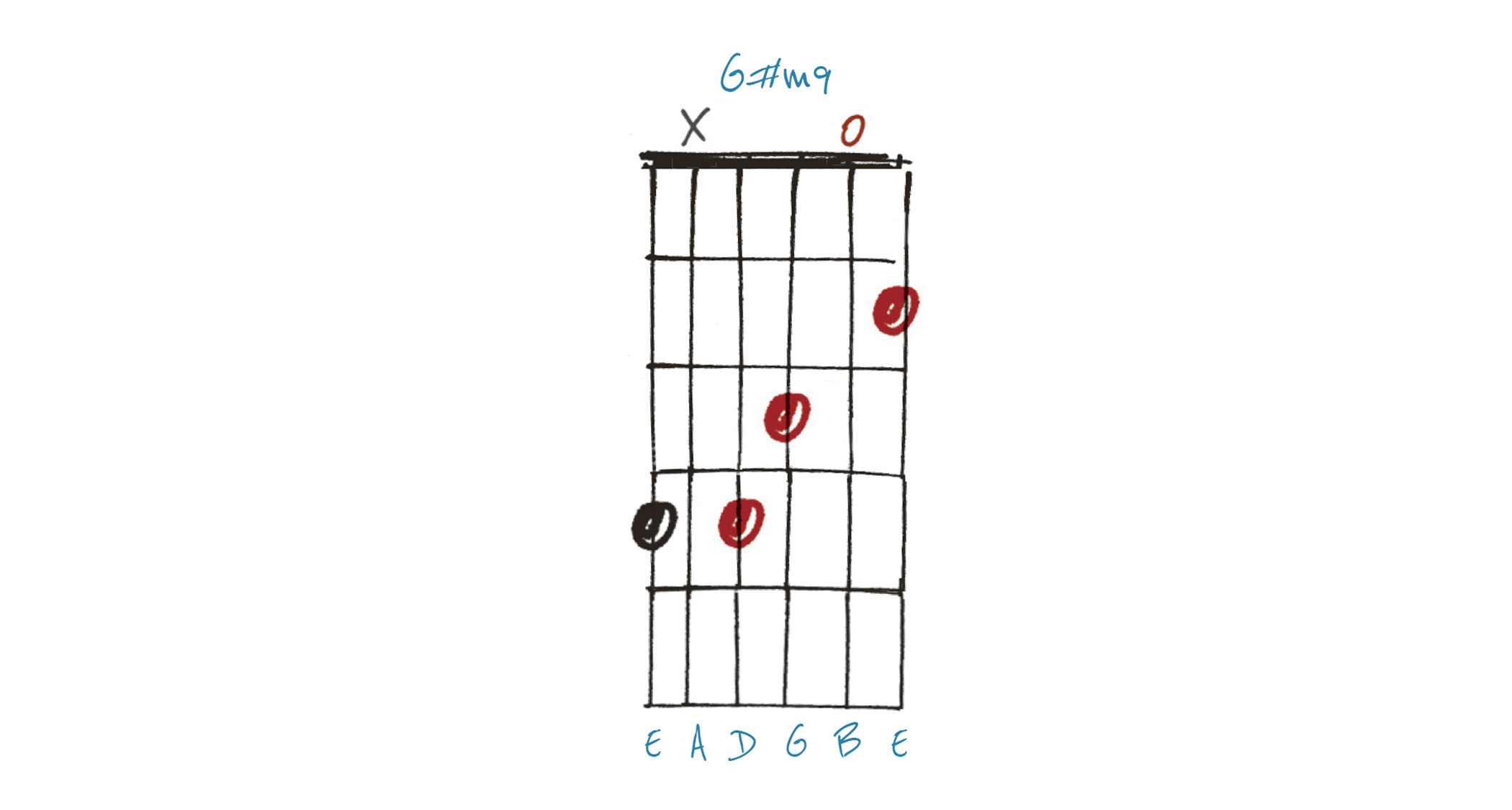
For this voicing of G#m9, it’s important not to let the fifth string ring, but it’s easy to mute this with the pad of the third finger of your fretting hand.
You’ll find the 9th (A#) adjacent to the minor 3rd (B) on the open second string, a minor 2nd away. Jarring in isolation but a different matter within the chord.
Example 3. Gmaj7
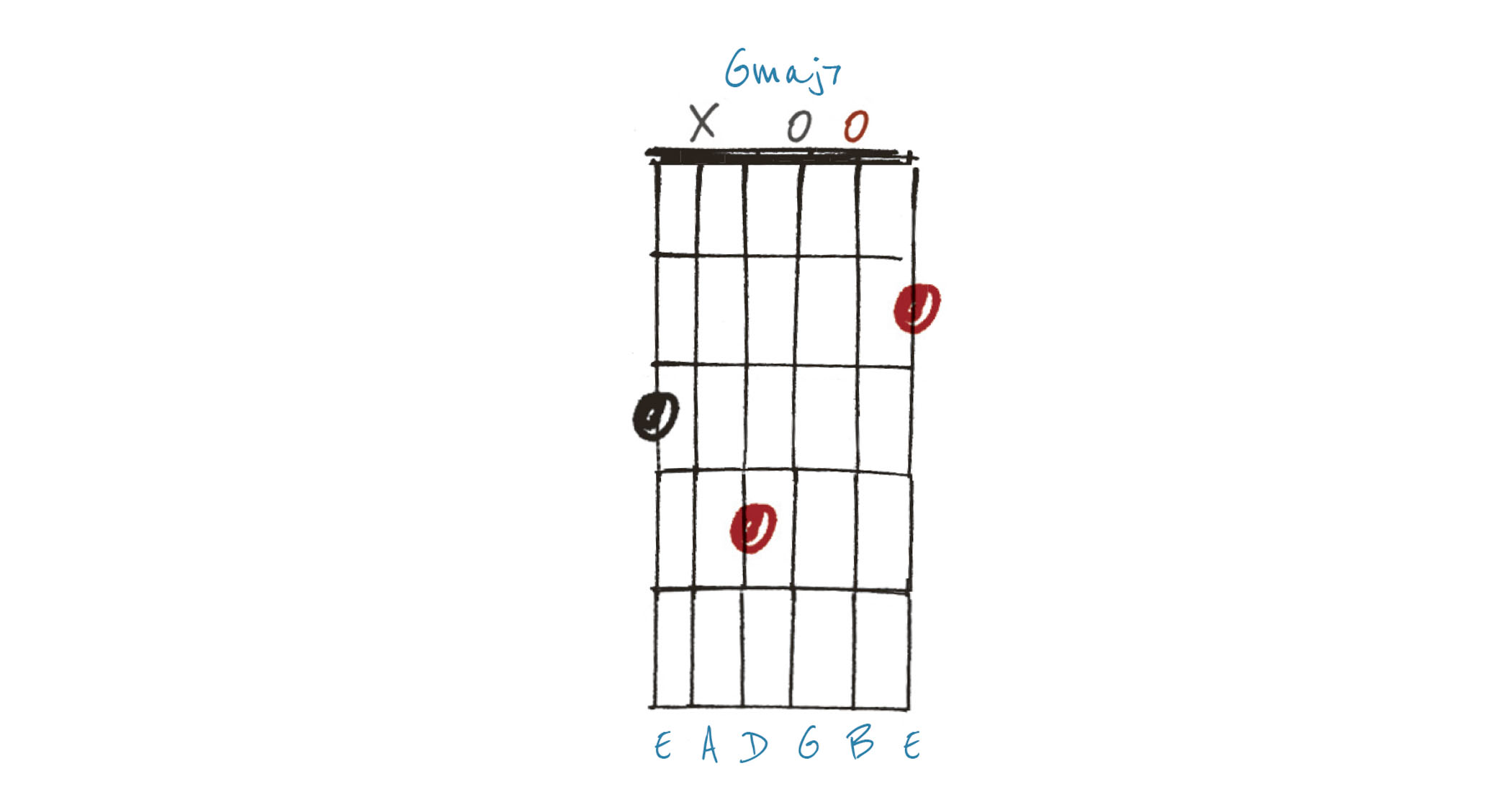
For this voicing of G#m9, it’s important not to let the fifth string ring, but it’s easy to mute this with the pad of the third finger of your fretting hand.
You’ll find the 9th (A#) adjacent to the minor 3rd (B) on the open second string, a minor 2nd away. Jarring in isolation but a different matter within the chord.
Example 4. Amaj7
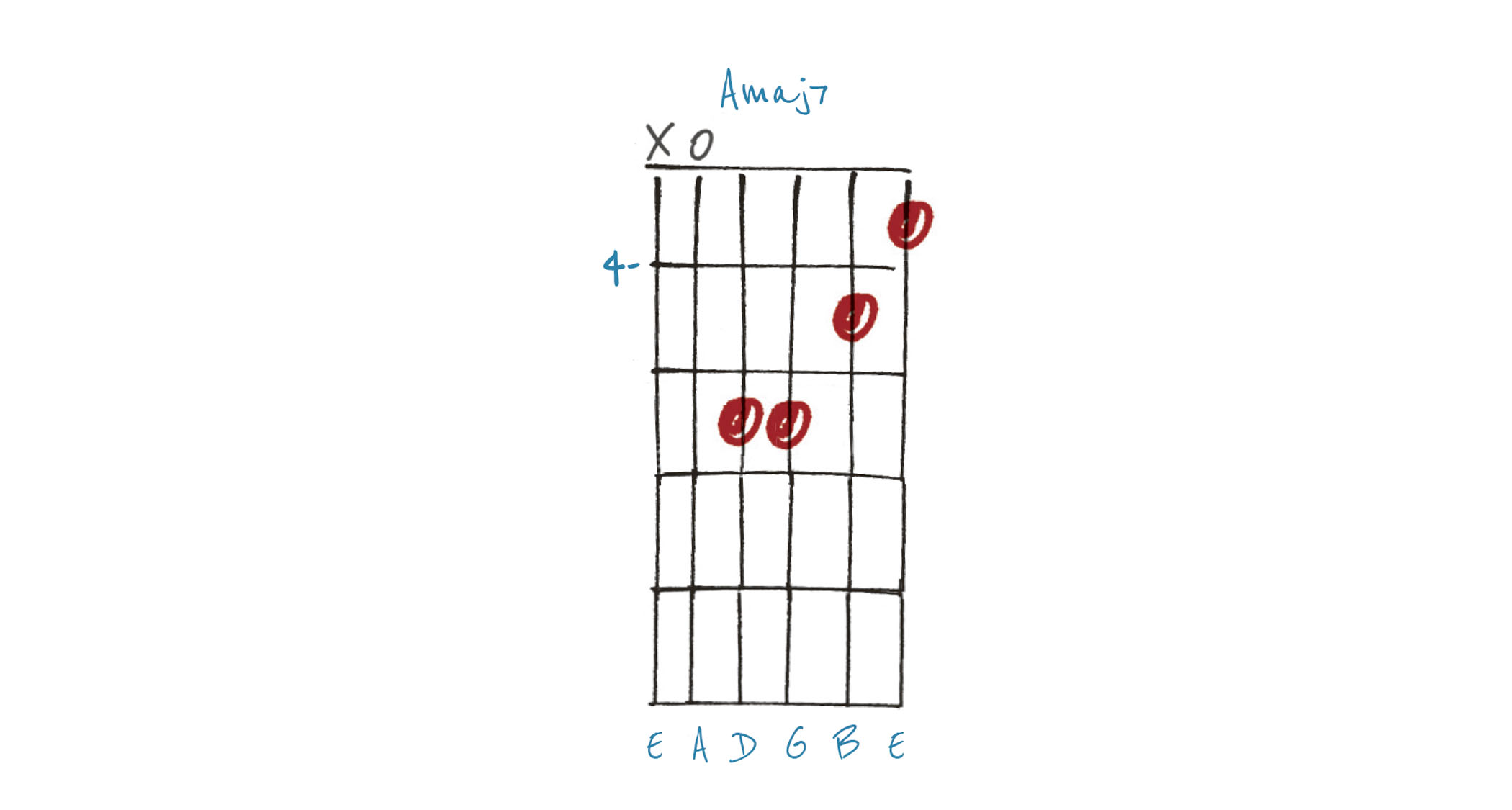
This Amaj7 is more conventional in that it keeps the root and major 7th in their order of appearance in the scale with the root on the open fifth string and major 7th on the 6th fret of the fourth string and 4th fret, top string respectively.
However, playing these two notes in isolation is still very dissonant – much nicer within the chord!
Example 5. Am9
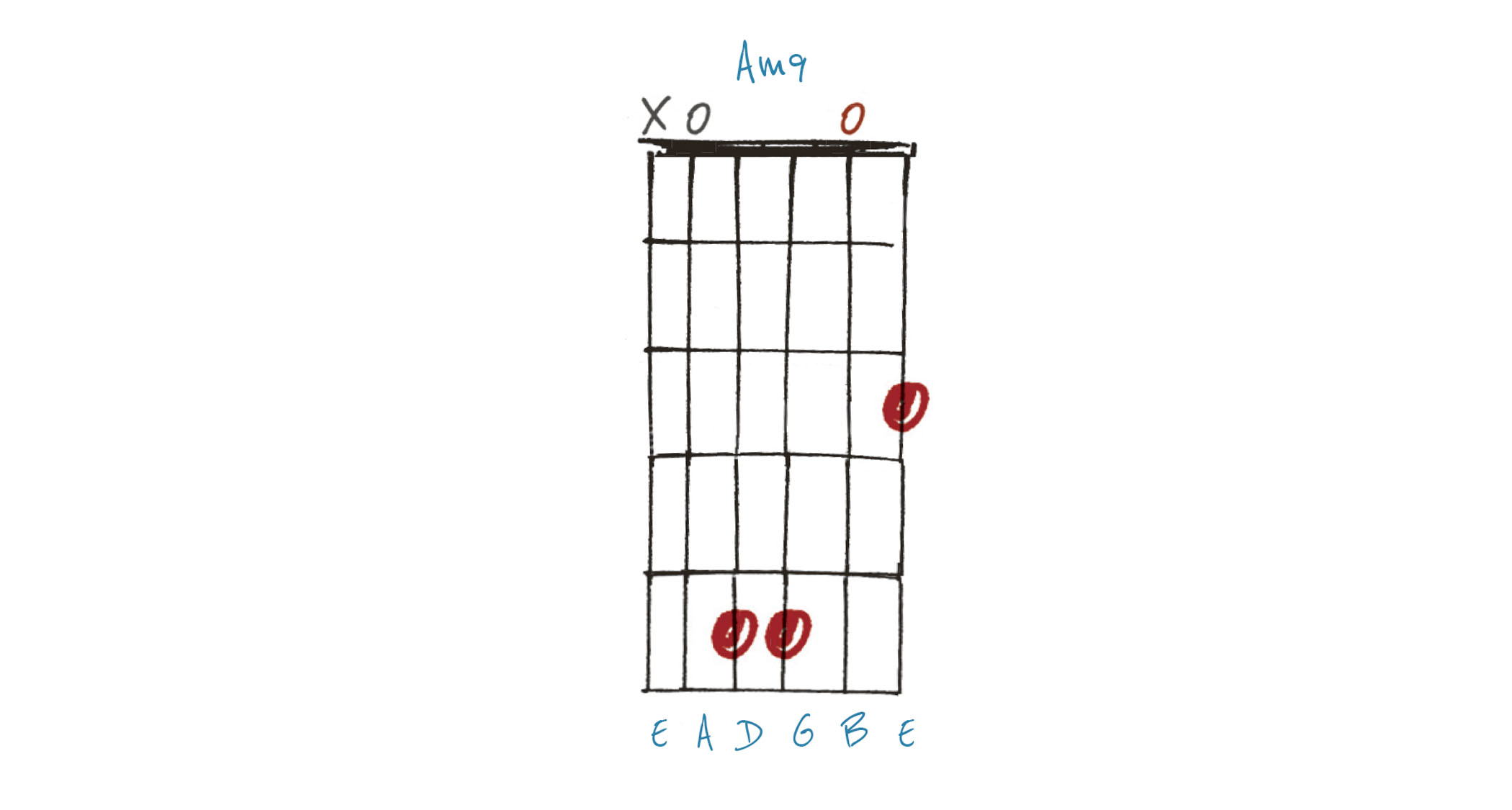
This Am9 is missing its 5th (E) but does feature the 9th (B) on the open second string, adjacent to the minor 3rd (C) at the 5th fret of the third string.
Once again, the interval alone would not necessarily inspire (unless you’re looking to unsettle people!), but it forms an essential part of the chord.







